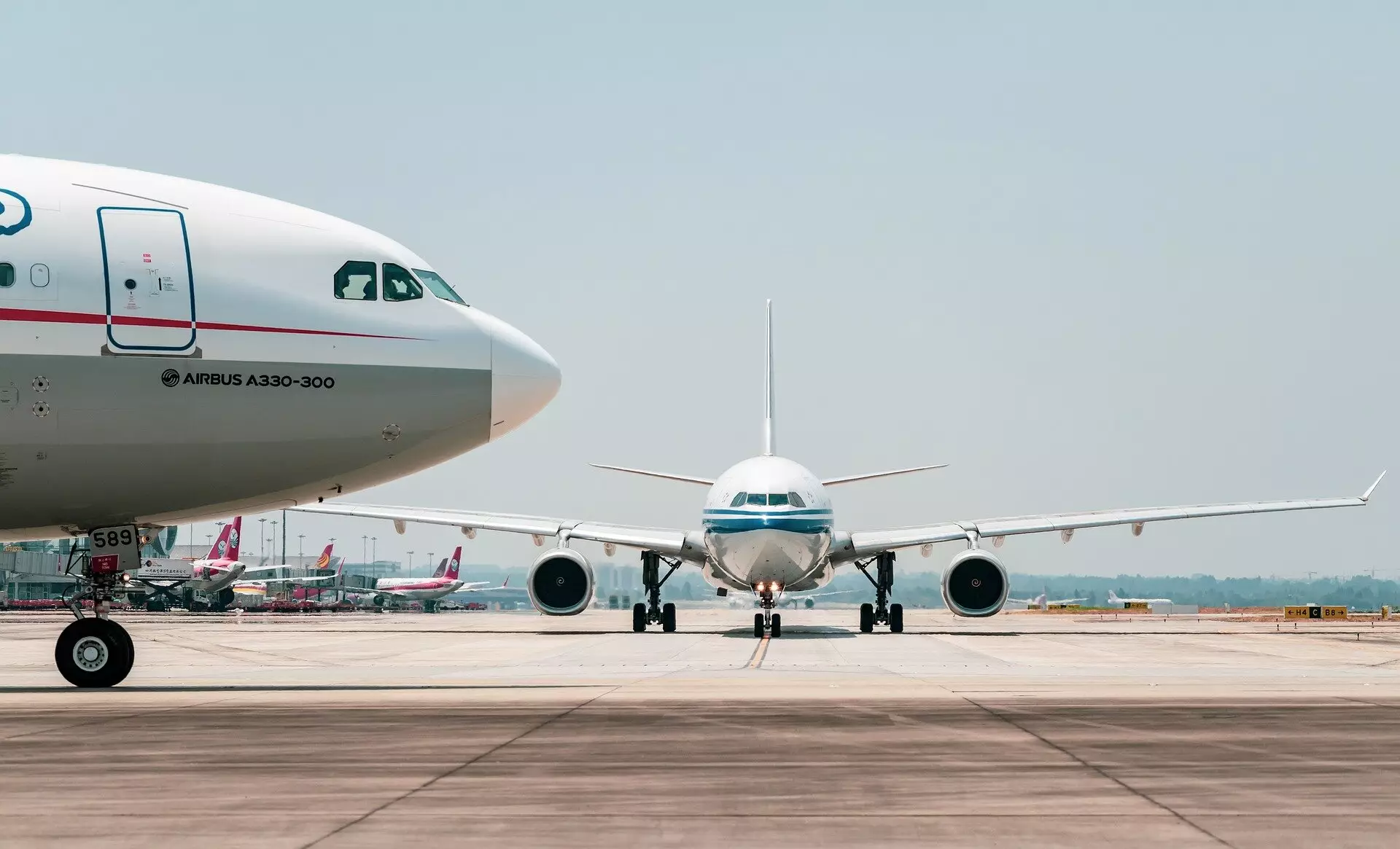The aviation sector plays a pivotal role in global transportation, facilitating international trade and tourism. However, it has also been a significant contributor to greenhouse gas emissions. With governments and industries pledging ambitious targets for climate impact reduction, the aviation sector finds itself at a crossroads. Cambridge University has recently published a report titled “Five Years to Chart a New Future for Aviation,” which presents a comprehensive framework aimed at achieving net-zero carbon emissions by 2050. This article delves into the report’s findings, implications, and the critical actions necessary for the aviation industry to align itself with global climate goals.
The Cambridge report outlines four crucial Sustainable Aviation Goals for 2030, strategically designed to catalyze immediate action. The emphasis on realistic, actionable steps cannot be overstated, as it provides a tangible roadmap for stakeholders across the aviation landscape. First, the report advocates for the implementation of a global contrail avoidance system. By eliminating contrails—ice clouds formed by aircraft emissions—aviation’s climate impact could be reduced by up to 40%. This approach necessitates large-scale experimental trials that simulate real-world airspace environments, allowing data-driven assessments of effectiveness.
Second, the proposal seeks to unlock system-wide efficiency gains through the development of new policies. Currently, the aviation sector operates in silos; addressing inefficiencies collaboratively can yield substantial fuel savings—potentially halving total fuel consumption by 2050. This collaborative framework ensures that resources are optimized without duplicating efforts across individual companies.
The third pillar of the report involves updating Sustainable Aviation Fuel (SAF) policies. The current landscape fails to account for global biomass availability across various sectors, leading to suboptimal growth of SAF markets. The report emphasizes the need for a holistic approach, integrating renewable electricity production alongside SAF initiatives. Establishing such market confidence is essential for a rapid increase in SAF production while maintaining sustainability.
Lastly, the report encourages the initiation of transformative technology demonstrations, dubbed “moonshot” programs, aimed at evaluating the feasibility of groundbreaking innovations. These programs will accelerate the adaptation and scaling of new technologies pivotal for aviation’s sustainable future.
The urgency underscoring the report cannot be ignored. The significant lag behind existing climate pledges necessitates swift action to realign the aviation sector with its net-zero goals by 2050. Should stakeholders embrace the recommendations and initiate these actions within five years, there exists a realistic pathway to drastically lower emissions. The collaboration between Cambridge’s Whittle Laboratory and the Cambridge Institute for Sustainability Leadership has equipped the report with both academic rigor and practical insights, essential in tackling the complex nature of sustainable aviation.
Experts from the fields of sustainability and aviation are keenly aware of the challenges and opportunities that lie ahead. Professor Rob Miller from Cambridge’s Whittle Lab highlights the current state of aviation as analogous to the automotive industry in the late 2000s, suggesting a transformative shift is imminent—but only if decisive actions are taken now. Comparing aviation’s potential transition to the leap made by the automotive sector toward electric vehicles emphasizes the importance of innovation and timely decision-making.
Eliot Whittington, Executive Director at the Cambridge Institute for Sustainability Leadership, addresses the dichotomy often seen in discussions around sustainable aviation. He critiques both overly optimistic portrayals of industry efforts and overly pessimistic evaluations of the sector’s environmental impact. By fostering a balanced dialogue rooted in evidence, the report aims to clarify the path forward while acknowledging the hurdles that must be overcome.
Cambridge University’s report serves as both a wake-up call and a guide for the aviation industry. As the world increasingly acknowledges the need for urgent climate action, stakeholders within aviation must seize the moment to innovate, collaborate, and commit to the Sustainable Aviation Goals. By following the proposed roadmap, the aviation sector can transcend its current trajectory and secure a sustainable future, thus contributing positively to the global climate agenda. The time to act is now—aviation’s sustainable future hinges on decisions made in the coming years.


Leave a Reply